Day Trading Tips - The Best Indicators For Day Trading by Markus Heitkoetter
In this video you will learn the "best" markets to trade, how I set up my charts, what indicators I use for day trading and the settings and how to easily identify the beginning and the end of a trend.
============
The Complete Guide to Day Trading: A Practical Manual From a Professional Day Trading Coach
by Markus Heitkoetter


 2Likes
2Likes LinkBack URL
LinkBack URL About LinkBacks
About LinkBacks










 Reply With Quote
Reply With Quote
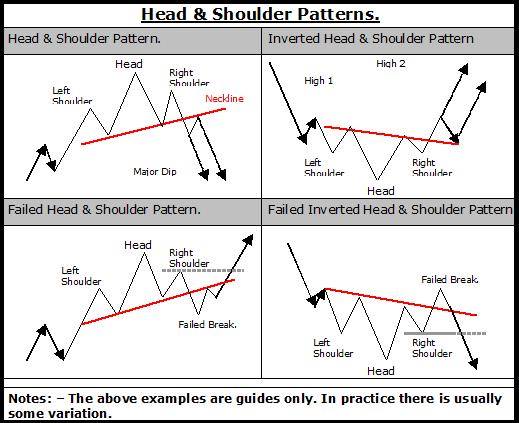
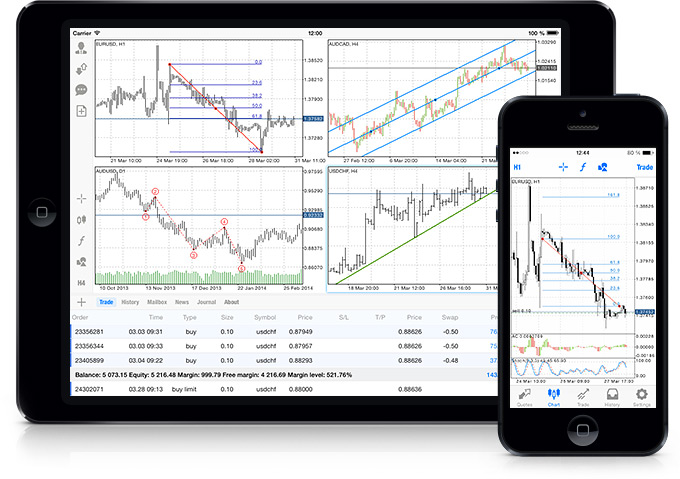





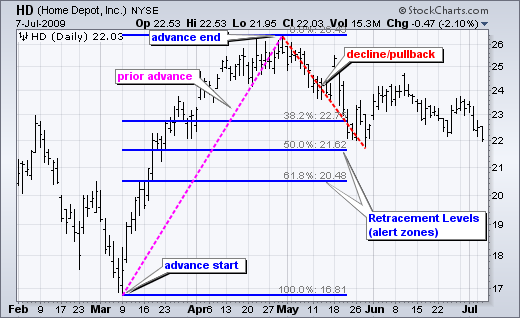
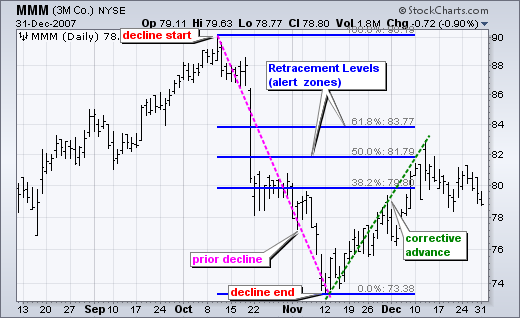
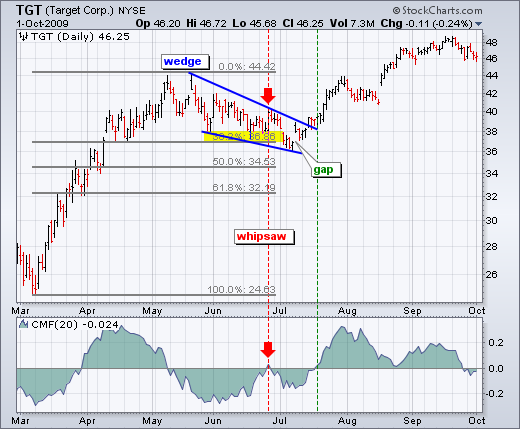





Bookmarks